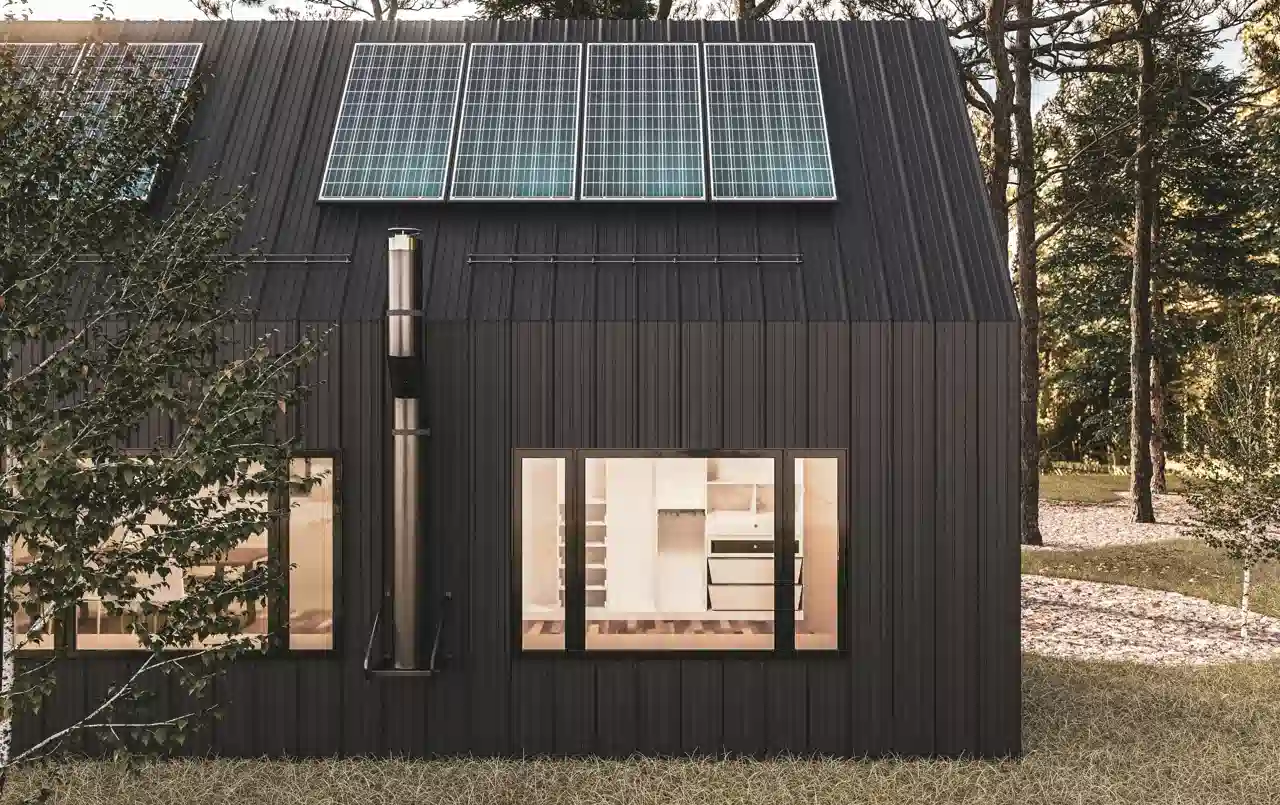
As Singapore continues to position itself as a hub of sustainable development, the concept of passive house design has gained traction among environmentally-conscious homeowners and investors. Passive house design is an architectural approach that optimizes energy efficiency, enhances indoor comfort, and reduces a building’s carbon footprint. Given Singapore’s tropical climate, adopting passive design principles presents unique challenges and opportunities. This guide explores the essentials of passive house design and how it can be effectively implemented in Singapore’s climate, with insights from landed property owners.
Singapore’s climate is characterized by high humidity, warm temperatures, and heavy rainfall year-round. Given these conditions, conventional energy consumption patterns include extensive use of air conditioning to cope with the heat and humidity. Passive design aims to curtail this reliance by utilizing natural resources to maintain indoor comfort. However, misinformation about energy efficiency in tropical climates often leads to skepticism about the efficacy of passive design.
Effective insulation is paramount in passive house design, even in a tropical climate. While the concept of insulation might typically be associated with colder climates, in Singapore, it functions to maintain cooler indoor temperatures by reducing heat gain from the outside. Techniques include using high-performance windows, wall insulation, and reflective roofing materials that can dramatically improve a building’s energy performance.
Ventilation is another crucial element of passive house design. Harnessing natural ventilation through strategically placed windows and vents can reduce the need for mechanical ventilation systems. Designing for cross-ventilation, where airflow moves efficiently throughout the space, helps ensure that indoor air remains fresh and reduces humidity levels, making interiors more comfortable.
Controlling solar gain is essential in Singapore’s sunny climate to prevent overheating in indoor spaces. Passive house design incorporates solar management strategies, such as orientation optimization, using shading devices like louvers, overhangs, or vegetative screens. These techniques mitigate direct sunlight penetration and help maintain a steady, pleasant indoor climate without excess energy consumption.
Homeowners who have embraced passive house design in Singapore frequently cite long-term cost savings on energy bills as a significant benefit. The reduced reliance on air conditioning and artificial lighting lowers energy expenditures, promoting financial savings over time. Furthermore, improving indoor air quality by maintaining consistent ventilation and insulation is often appreciated for its health benefits.
Implementing passive design principles poses certain challenges, such as higher initial costs for construction and materials. However, many homeowners find that these costs are offset by the increased property value and energy savings achieved over the property’s lifetime. Navigating local building regulations and codes specific to Singapore’s structures can also be a consideration. Partnering with architects familiar with these requirements can streamline the process and ensure compliance.
Numerous landed properties in Singapore have successfully integrated passive house principles, showcasing the viability and benefits of such designs. They not only demonstrate improved energy efficiency and liveability but also serve as inspiration to other homeowners considering a sustainable approach to home-building.
The financial implications of passive house design should be assessed through a cost-benefit analysis. While initial construction costs may be higher than conventional methods, the savings on energy bills and the potential increase in property value often makes it a worthwhile investment.
The Singaporean government supports sustainable building practices through various incentives and schemes. For example, programs such as the Green Mark Scheme offer rebates and recognition for properties meeting specific sustainability criteria.
The trend towards sustainable living and smart design is here to stay, and adopting passive house principles is an efficient way to align with these values. Singapore’s unique climate offers distinct challenges that can be effectively managed with thoughtful design strategies, ultimately leading to homes that are not only energy-efficient but also enhance the comfort and lifestyle of their inhabitants.
For those interested in exploring the benefits of passive house design, consulting a firm experienced in sustainable architecture is a critical first step. ADX Architects, a leading architectural firm in Singapore, specializes in innovative, client-focused design solutions. To discover how we can assist in transforming your home into a model of energy efficiency and modern aesthetics, consider reaching out for a consultation at www.adxarchitects.com. With our expertise, the dream of a sustainable and comfortable home can become a reality.